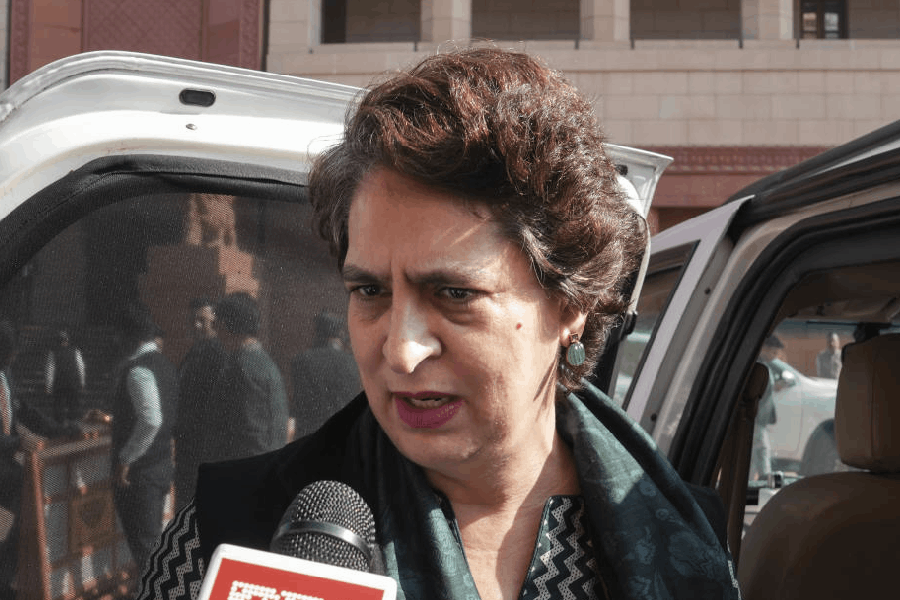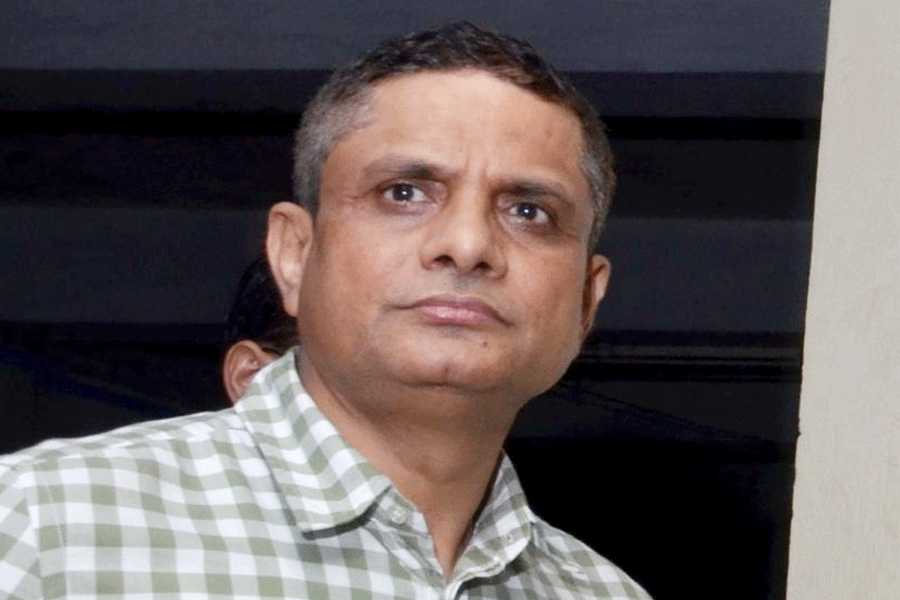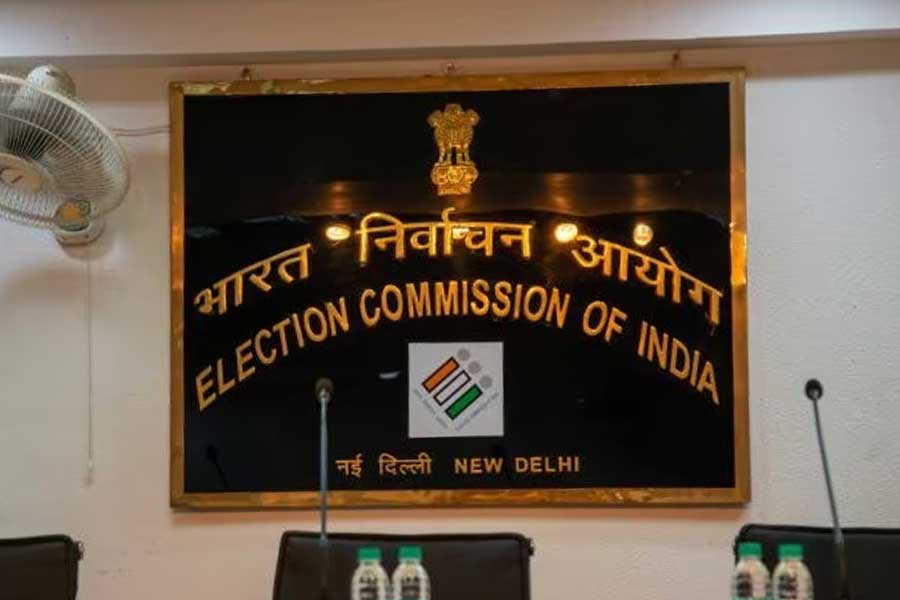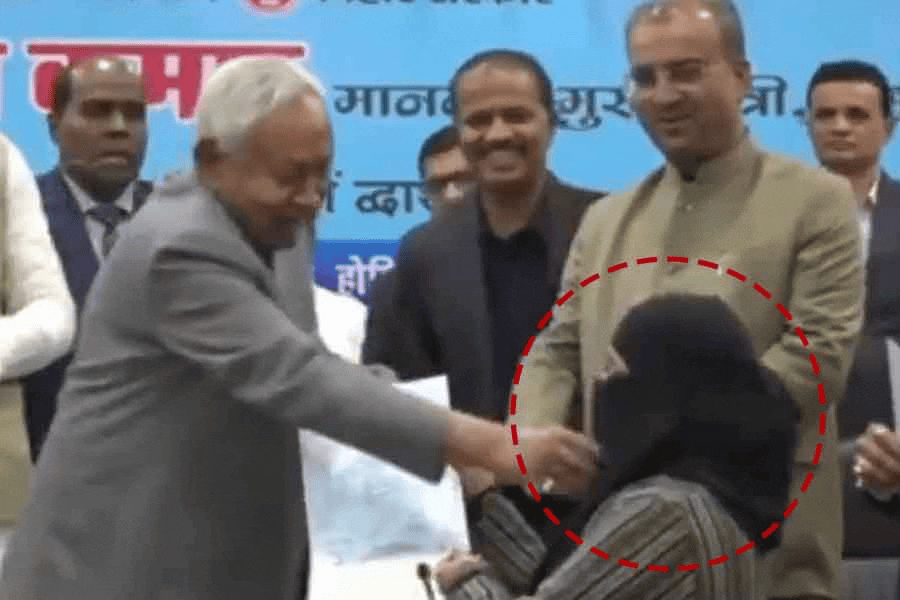With the country celebrating Maha Shivratri yesterday, thousands have thronged the temple town of Varanasi, aka Banaras, to pay obeisance to the deity at the Kashi Vishwanath temple, which becomes the nucleus of all festivities. From day-long cultural programs to music and dance performances and colourful fairs, the spiritual ambience in the city is indeed a vibe!
However, it is key to note that Varanasi, perched at the confluence of rivers Varuna and Assi (both tributaries of the Ganga), is a city that dons many hats. The city offers a multitude of sights for the discerning traveller. So, if you are done visiting the temple, taking a tour of the city’s famous ghats and watching the magnificent Ganga aarti, here are some interesting things that you can see if you are looking to travel off the beaten track.
History Beckons
Situated close to the famous Dashashwamedh Ghat and about 5km from the city railway station is the famous Man Mahal Palace, which, today, houses the state’s first Virtual Experiential Museum. It is the perfect place to experience the essence of Varanasi and explore the rich history, culture and heritage of this ancient city. While here, you can trace the history of Kashi, which is, incidentally, of the oldest cities in the world, to the present-day Varanasi, through a number of 3D exhibits, interactive models, holograms and photographs.
Visitors can also enjoy a 3D view of the ghats, the mythology behind the descent of the mighty Ganga and narrations of the city’s myriad cultural rituals. It also throws light on aspects intrinsically associated with Varanasi, like the famous Banarasi silk saris, classical music, wood craft, and, of course, the Ram Leela.
Situated atop the Man Mahal Palace is the Man Singh Observatory, also called the Jantar Mantar. The observatory dates back to the early 18th century, having been built by the king of Jaipur, Maharaja Sawai Jai Singh, in 1710. A famous masonry observatory, this one has been built in an architectural style that combines Mughal and Rajput elements.
This astronomical observatory is replete with a plethora of instruments and geometric devices that help measure time, prepare the solar and lunar calendar, and also study the position of stars and other celestial bodies. Some of the main devices include the Samrat Yantra, Chakra Yantra and Digamsa Yantra, making it a haven for architects, engineers, astronomers and scholars alike.
Did you know that India’s famous warrior queen, Rani Lakshmibai aka Jhansi ki Rani, was born in Varanasi? Well, the brave queen was born in the Bhadaini locality in the Assi neighbourhood of the city. If you are a lover of history, you can visit the small but insightful memorial or Janmasthali that is located close to Assi ghat. Apart from a central statue of the queen atop a horse, the memorial has several murals depicting the life and times of Rani Lakshmibai.
Situated in close proximity to the memorial is an old sacred stepwell which is a hidden gem of the city. The Lolark, or Lolar Kund, which was built by the Raja of Cooch Behar, is a stunning piece of architecture that dates to 1000 AD and is dedicated to the sun God Aditya. It is a place steeped in tradition and faith and is visited by childless couples who come here to pray to beget children.
Ramnagar Fort is yet another place that deserves a visit. Located opposite Tulsi ghat, this medieval fort was built by the ruler of Kashi, Maharaja Balwant Singh, and is the ancestral home of the Banaras maharajas. A classic example of Mughal architecture, the fort, with ornate balconies and open courtyards, houses a temple, a museum, and the king’s residence. The museum has a rich collection of swords, costumes and other artefacts.
Kaleidoscope of Sights
If you have the time and are ready to explore a little beyond the city, Varanasi does not disappoint. Sarnath, located just under 10km from Varanasi, is a significant religious and architectural site intrinsically associated with Buddhism. The entire complex is filled with stupas, monasteries and temples. Of particular importance is the Chaukhandi Stupa, which dates to the Gupta period.
Named after its four-armed plan, the brick stupa is covered by an octagonal tower. Buddha is believed to have met a group of five ascetics to whom he delivered some of his earliest teachings. The Dhamek stupa, which was built by Emperor Ashoka in 249 BC is the actual place where he delivered his first sermon. At a whopping 43.6m in height and a diameter of 28m, this massive structure is awe inspiring, to say the least. The archaeological museum with its compelling display is a must-visit if you are interested in Buddhist history.
Around 40km from Varanasi is the town of Chunar, best known for the Chunar Fort, which was a site of strategic importance for several kingdoms including the Mughals and the British. Located on the banks of the river Ganga, the fort has several underground tunnels, ancient temples and secret dungeons. The ramparts of the fort offer stunning views of the Ganga, making it a site worth visiting.
Mirzapur is another town 30km from Chunar and offers a multitude of interesting sites including the Maa Vindhyavasini Devi temple.
If you are looking for something offbeat, check out the magnificent 1891 Ghanta Ghar aka clock tower, which is made of finely carved sandstone and houses an 1866 clock crafted in London. The clock has a bell that weighs almost a ton and has a 20ft pendulum! This tower is very close to the longitude of 82°30’E that is used to calculate Indian Standard Time (IST).
Pictures by the author










